Colombia’s Psychoactive Cannabis Revolution: Patients to Access Smokable Flower for First Time
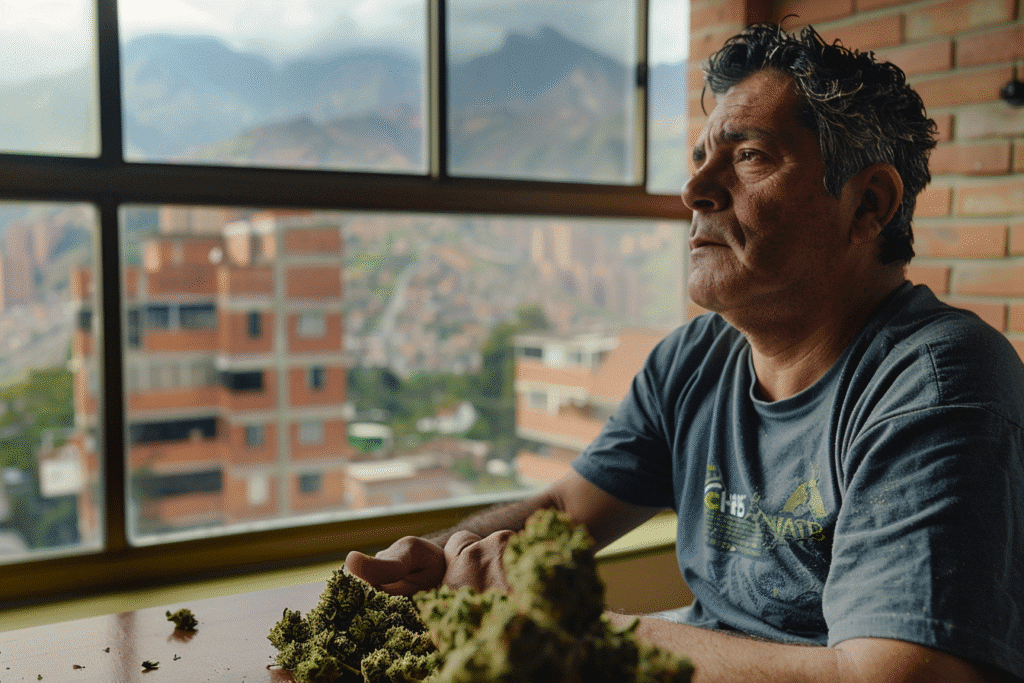
Medellín chronic pain patient Carlos Ramírez, 47, has had to wait nine years for this day—Colombia’s draft decree of July 2025 finally opens up pharmacies to selling psychoactive cannabis flower with the prescription of doctors, ending the nation’s export-only oddity.
Carlos Ramírez had lived with bitter irony for nearly a decade. Colombia legalized the cultivation of medicines with cannabis in 2016 and became the globe’s top exporter, shipping high-quality flower to Germany, Portugal, and beyond. R
amírez, though, with chronic pain from a motorcycle collision, had to be content with expensive imported cannabis oils—never the locally-cultivated flower grown within hours of his Medellín home base. All this ended in July 2025, though, with the publication of a historic draft decree issued by Colombia’s Justice Ministry.
The new legislation is Colombia’s largest cannabis reform since 2016. Licensed pharmacies will, for the first time, commercially market psychoactive cannabis flower—”moño” locally—directly to the prescribed individuals to utilize the plant to heal conditions such as chronic pain, sleep disorders, Parkinson’s disease, as well as multiple sclerosis. The flower can be smoked, or the patient can vaporize it, legally, unlike what had long been prohibited with Colombia’s export-oriented model.
“This is what we’ve been fighting for,” Ramírez explains, emotion clear in his voice. “Colombia grows some of the world’s best cannabis—perfect climate, ideal altitude, organic cultivation. We export it everywhere. But Colombians suffering right here couldn’t access it. It made no sense.” The decree addresses this absurdity by allowing licensed growers to sell dried flower directly to pharmacies without additional permits, streamlining supply chains that previously existed only for international markets.
The new legislation includes a two-year transition period inclusive of micro, small, and medium-scale producers to cover the internal market, protecting the smaller-scale Colombian farmers that had primarily driven the legal market.
Larger producers can subsequently enter the market. Licensed flower will contain less than 1% THC per gram along with sanitary registration—quality controls aimed at creating pharmaceutical-grade flower that will be consumed by the patient.
Liberal Party Congressman Juan Carlos Losada, a longtime pro-legalization advocate, termed the order “a good move, though one that comes very late.” He pointed to the absence of recreational terms as warning that ultimate new regulations might take half a year or longer to be put into practice.
However, to patients such as Ramírez, even delay seems to be worth the wait. “I’ve waited nine years,” he ponders. “I can wait a few more months to be able to access Colombian cannabis in Colombia.”
Source: colombiaone.com
Brazil’s Cannabis Limbo: 670,000 Patients Wait as Government Requests Another Delay
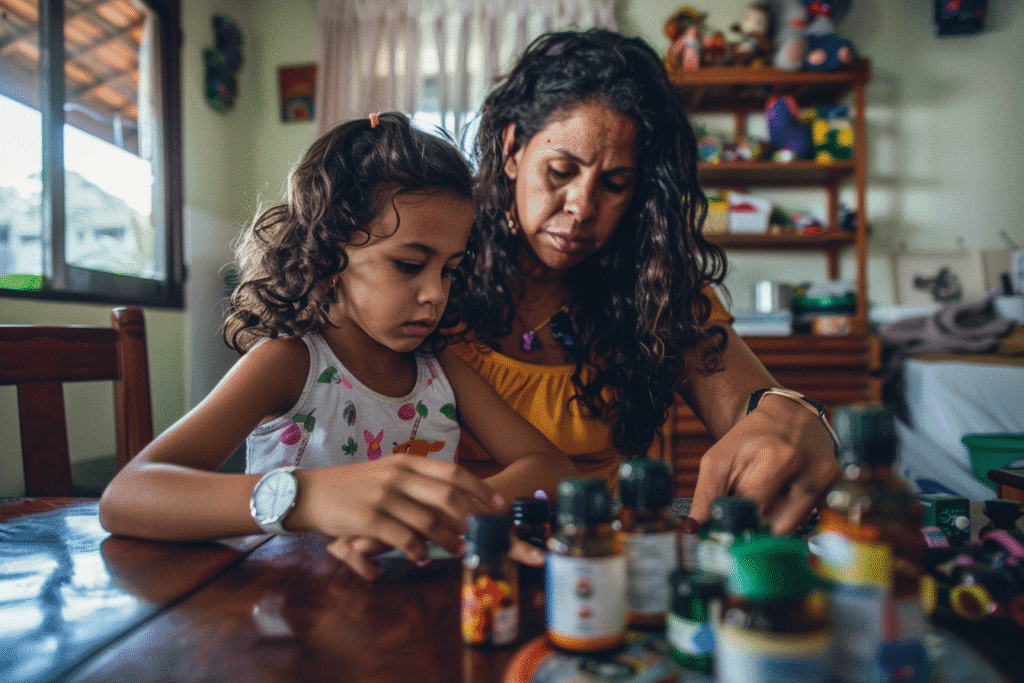
Epilepsy management has been put back into limbo—The Brazilian government asked to postpone yet again beyond the September 30, 2025 deadline, putting the 670,000 registered patients in regulatory limbo.
For three years, Ana Silva has navigated Brazil’s complex medical cannabis landscape to keep her daughter Isabella alive. The 8-year-old’s severe epilepsy, once triggering up to 30 seizures daily, dropped to just 2-3 per month with cannabis oil treatment. Silva joined REPROCANN, Brazil’s patient registry, expecting eventual relief. But in October 2025, hope turned to frustration again.
The Attorney General Office of Brazil (AGU) officially petitioned the Federal Supreme Court to be granted more time past the September 30, 2025 deadline to establish the regulations governing the growing and commercialization of medical cannabis. The petition is yet another delay in what has become years long saga—the type of saga that is all too common to the 670,000 registered Brazilian medical cannabis patients and their families.
“Every deadline passes and nothing changes,” says Silva in her São Paulo home, with Isabella playing in the background. “We were told September 2025 would finally bring clarity. Now they’re asking for more time again. Meanwhile, I’m still spending 40% of my income importing cannabis oil from abroad because domestic production remains illegal.”
The regulatory gap has brought about a surreal world: Brazil has one of the largest registered populations of medical cannabis in the world, yet home growing remains illegal. Patients are forced to import high-cost products that can cost thousands of reais per month—out of the reach of the average Brazilian family. Others buy substandard unregulated products, or cultivate locally regardless of legal registration status.
Brazil patient groups for cannabis use have responded with outrage to the most recent request to postpone. “How many deadlines will expire before our government will act?” Silva exclaimed. “My daughter’s life relies on steady access to quality medicine. Every delay equates to additional families suffering, additional patients in misery, additional youngsters experiencing seizures that they should never need to go through.”
Source: agenciabrasil.ebc.com.br
Zimbabwe’s Homegrown Hope: First Locally-Produced Medical Cannabis Arrives
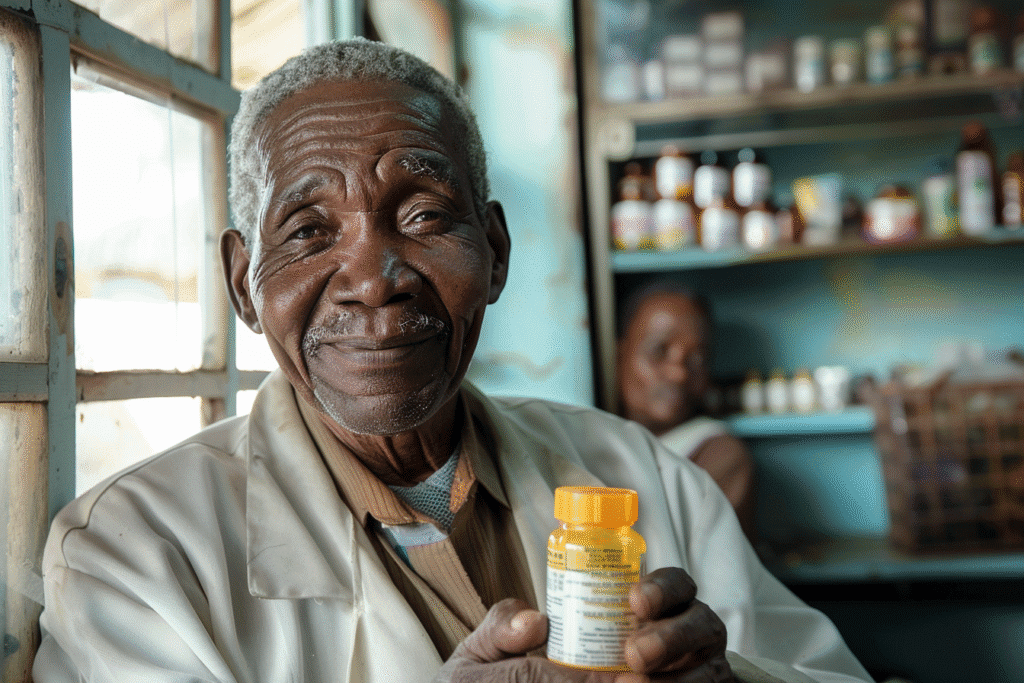
Having imported costly drugs from outside the country for years, James Moyo, 56, of Harare, at last had affordable pain medicine—Zimbabwe’s first homegrown pharmaceutical cannabis company, CannaQure, hit pharmacy stores, revolutionizing access to the product for the thousands.
James Moyo’s arthritis had become intolerable. The pensioner based in Harare had spent years in a cycle of pain medications, side effects, and growing hospital expenses. When his doctor brought up medical cannabis in 2022, Moyo ran up against a new barrier: imported cannabis products cost as much as $200 USD per month—impossible on his pension.
Everything changed in late 2024, though, as pharmacies began stocking CannaQure, the home-produced range of medical cannabis products in Zimbabwe.
“I went to my neighborhood pharmacy and there it was—Zimbabwe-made cannabis medicine that I could afford to buy,” Moyo recollects, a tinge of emotion in his voice. “I had hope the first time in years.” The introduction of CannaQure made history in the medical cannabis industry of Zimbabwe.
As the country had long since legalized cannabis farming for export purposes, locally the product wasn’t to be found. There were thousands of prescribed Zimbabwean patients who could not access legal cannabis—or had to pay outrageous sums to procure imports.
The arrival of CannaQure altered that situation. Made locally in a licensed Zimbabwean facility under strict pharmaceutical-grade conditions, the product sells oils and tinctures at about 60% less than the cost of imports. “It’s the same quality drug, but locally made,” says the pharmacist at Moyo in the Avondale area of Harare. “Patients are purchasing it within hours of replenishment.” The effect was quick. Pharmacies in Harare speak of skyrocketing interest, with some still unable to stock enough as the word spreads.
For Moyo, access to cannabis has meant something more than pain management —it’s given back his quality of life. “I can play with grandchildren now,” says Moyo with a grin. “I can garden, go walking to church. The pain is still there, but can be managed.”
The success in Zimbabwe shows the possibility to revolutionize access to medical cannabis in developing worlds. As Moyo says: “We planted this medicine in our own field. It’s given us back our pride.“
Source: herald.co.zw
Peru’s Cannabis Paradox: Legal Since 2017, Yet No Domestic Production Seven Years Later
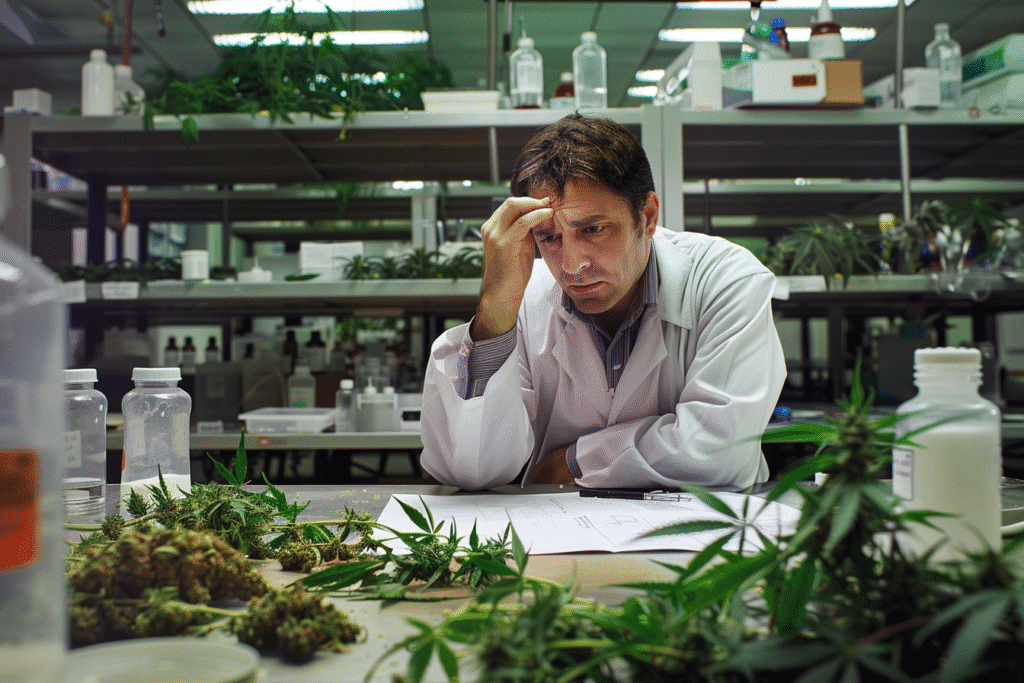
Lima scientist Dr. Pedro Wong-Salgado, 45, has had to navigate the Peruvian jungle of bureaucracy to study native cannabis—a new October 2025 study concludes that although the plant was legalized in 2017, the complicated licensing regimen has yet seen no locally-grown product, with the necessary 50,000 registered patients purchasing expensive imports.
In 2019, Dr. Pedro Wong-Salgado acquired samples from four regions of Peru, assuming the risk of arrest each time of transfer. Theirs was a journey to study indigenous Peruvian lines of cannabis for medicinal value. Six years since legalizing the use of medical cannabis in Peru, Wong-Salgado’s Frontiers in Medicine article in October 2025 hides a bleak reality: no legal native cultivation sites are in operation in Peru, though the legislation should see some in place.
Peru passed Law 30681 in 2017 to permit the use of legal medical cannabis, scientific research, and pharmaceutical production under license. Patient associations were allowed to cultivate cannabis under Law 31312 in 2021.
Today, 2025, the situation is disastrous: no home cultivation among patient associations or drug companies. All medicinal cannabis that is supplied through the correct channels depends on imported raw materials, rendering costs too high to the average patient. Fewer than 32 pharmacies throughout the entire nation (0.11% of the 28,133 pharmacies in Peru) distribute THC to the some 50,000 registered patients.
“We approved these laws to help patients” Wong-Salgado says, clearly exasperated. “They demand security standards comparable to pharmaceutical manufacturing—costs that discourage even universities from cannabis research.”
The research states that to be issued a scientific research license, one must cope with conditions so elaborate and prohibitive that no university managed to secure one. Without licenses, scientists will be open to criminal charges—growing can fetch 8-15 years in prison, regardless of the scientific intent.
The costs are human. Some 70% of Peru’s medicinal cannabis users buy on the black market or produce in illegal crops, with the risk of arrest. Where legal products can be afforded, imported cannabis oils cost 30-170 USD, sometimes necessitating repeated doses.
Fewer yet can procure medicine on the black market legally. “We enacted these laws to benefit patients,” Wong-Salgado says. “Instead, we created a system where pharmaceutical laboratories won’t invest, patient associations can’t comply, and researchers face imprisonment for studying Peru’s native cannabis strains“
The October 2025 study proposes urgent reforms: simplify licensing for research and production, distinguish personal cultivation from drug trafficking, and allow universities to study seized cannabis plants instead of mandatory incineration.
Until then, Peru’s 50,000 registered patients remain trapped in a system where cannabis is legal in name only—a cautionary tale of how regulatory complexity can undermine well-intentioned medical cannabis laws, leaving desperate patients with impossible choices.
Source: frontiersin.org
Argentina’s Chaco Province Embraces Cannabis
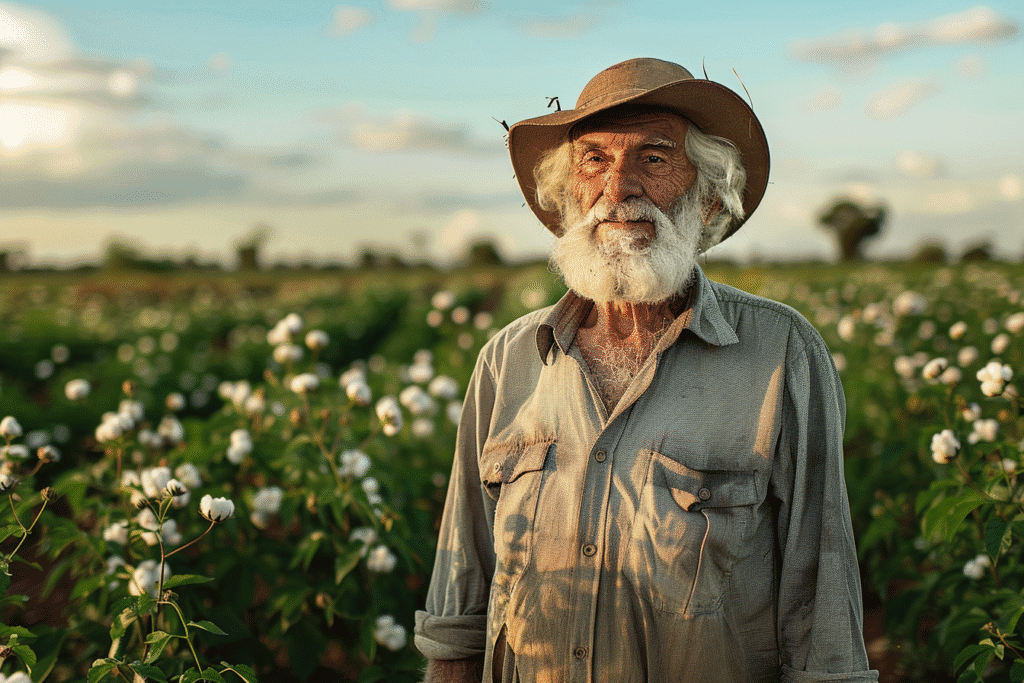
In underdeveloped Chaco Province in Argentina, cotton cultivator Miguel Acosta and some thousands of farmworkers are set to be introduced to the growing of medical cannabis—a unanimous vote in the legislature in October 2025 is set to revolutionize the region’s languishing rural economy.
For centuries, cotton reigned over the northeast Argentina region known as Chaco Province. But third-generation area farm operator Miguel Acosta has seen margins decrease along with economic opportunities. Today at 52, with two grown adults who moved to Buenos Aires to look for employment, Acosta hopes cannabis will be the savior of his family farm—but possibly enough to bring the kids back home.
Chaco’s Legislature voted unanimously to approve Provincial Law 1,442 on October 6, 2025, putting the province alongside Argentina’s national framework on medical cannabis (Law 27.669).
The vote is more than policy; it is the economic savior of one of the poorest provinces in Argentina. The new legislation will be discussed on October 29, 2025, and will look to regulate the entire cannabis value chain from farming to processing.
“This could change everything for farmers like me,” Acosta explains. “Cotton prices are unpredictable, but medical cannabis offers diversification and better margins.”
Chaco’s agricultural infrastructure—already supporting cotton, soy, sorghum, maize, sugarcane, rice, and tobacco—is well-positioned for cannabis cultivation. The province’s climate and experienced farming workforce provide natural advantages.
Argentina’s national cannabis industry has experienced volatility, with the government recently forcing permit holders to reapply after revoking previous cultivation licenses. But Chaco’s entry signals renewed provincial commitment despite federal uncertainty. For farmers, the promise of participating in Argentina’s emerging medical cannabis export market—which opened in 2022—offers hope beyond domestic sales.
“My daughter studied agricultural engineering but couldn’t find work here,” Acosta reflects. “Maybe now there will be opportunities in cannabis cultivation, processing, quality control. Maybe she can come home.” For Chaco’s 1.2 million residents, cannabis represents not just crop diversification but the possibility of keeping families and communities intact.
Source: internationalcbc.com


